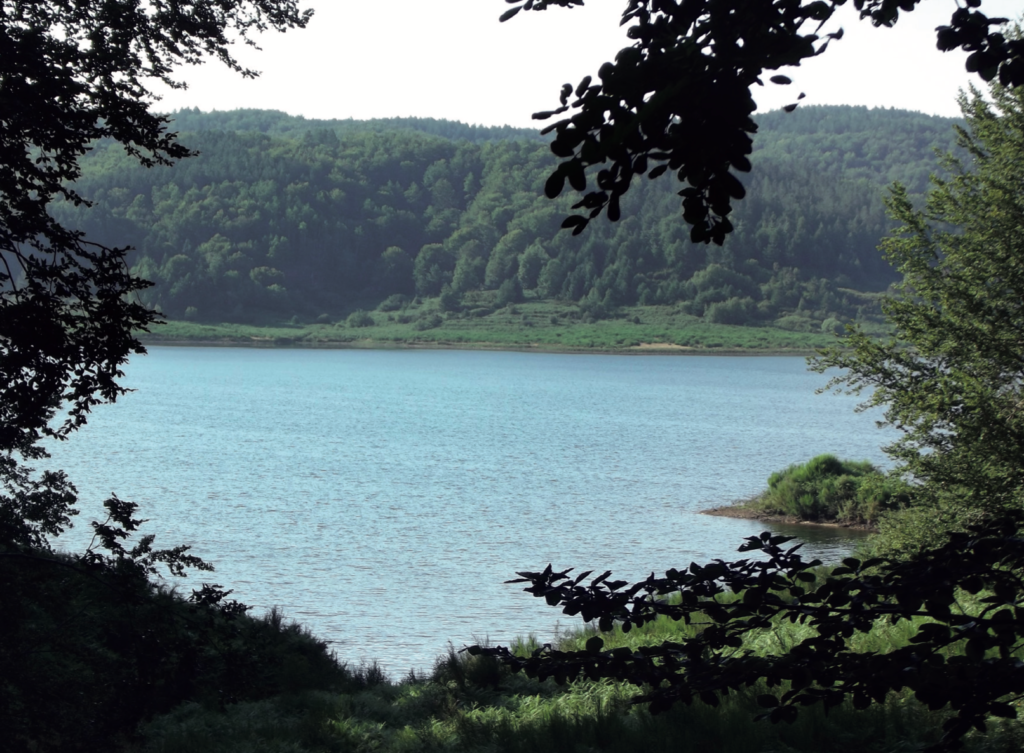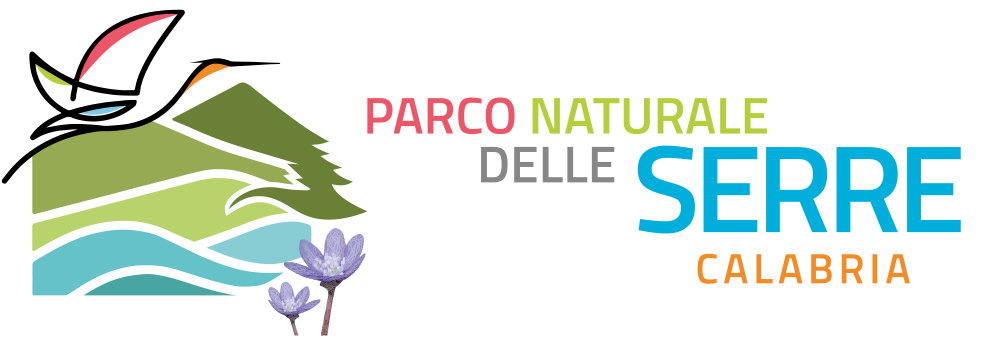Land and Water
Serra San Bruno’s geography makes it one of the rainiest places in Italy with around 2000 mm of rain per year. In the disastrous flood of 1935, as much as 540 mm. of rain fell in less than 24 hours, a European meteorological record that is still unbeaten. This great rainfall means that this territory is very rich in water; in fact, from the slopes of the mountains that surround Serra, within a radius of about one kilometre, the Ancinale river, which flows through the town of Serra San Bruno, the Allaro, which on the western slope passes through the towns of Mongiana and Fabrizia, the Stilaro, which downstream forms the majestic Marmarico waterfalls, and the Mula, on the south-eastern slope of the Ferdinandea. Over the centuries, all these watercourses have provided hydraulic energy to animate numerous activities such as mills, sawmills, hammer mills, hydroelectric power stations and iron foundries. Also of great importance is the quality of the springs present, whose waters are enriched with precious elements as they pass through the granite subsoil.
The Serre can boast some of the best oligomineral waters in the world. Numerous fountains can be found along the mountain roads where people often go from the surrounding villages for domestic supply. Historic is the Belle Donne fountain located on the SS110 road near Monte Pecoraro.
In 1904, a former Garibaldian officer, Achille Fazzari, owner of the large Ferdinandea estate, had an accurate analysis carried out on a spring, at the time considered miraculous for its therapeutic properties, declared much lighter and five times more than that of Fiuggi, and founded the Mangiatorella bottling plant, located on the SS110 near the Ferdinandea. By 1920, this now famous water was also sold in America. Today, Mangiatorella is sold in many countries and is considered one of the best mineral waters.
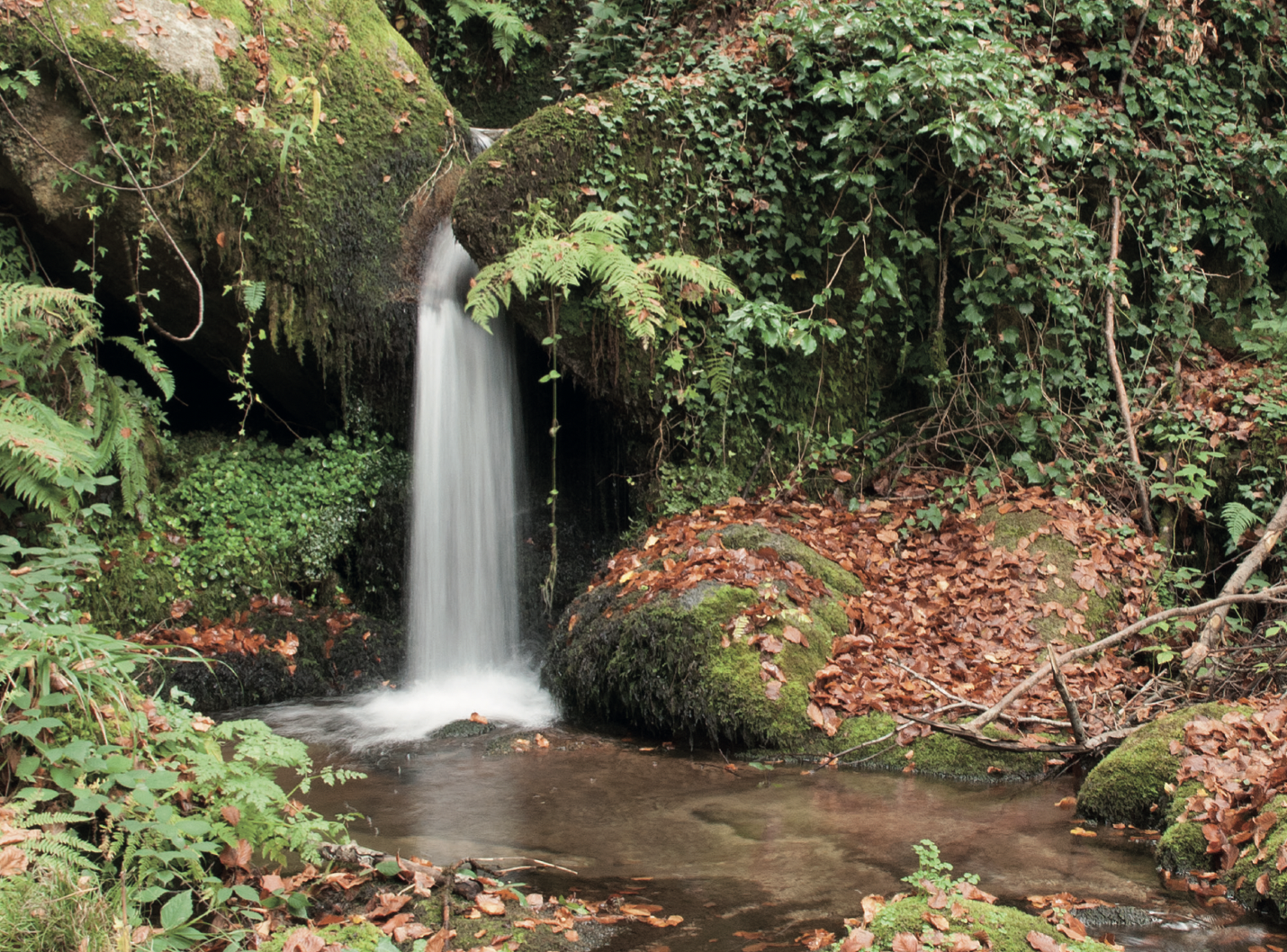
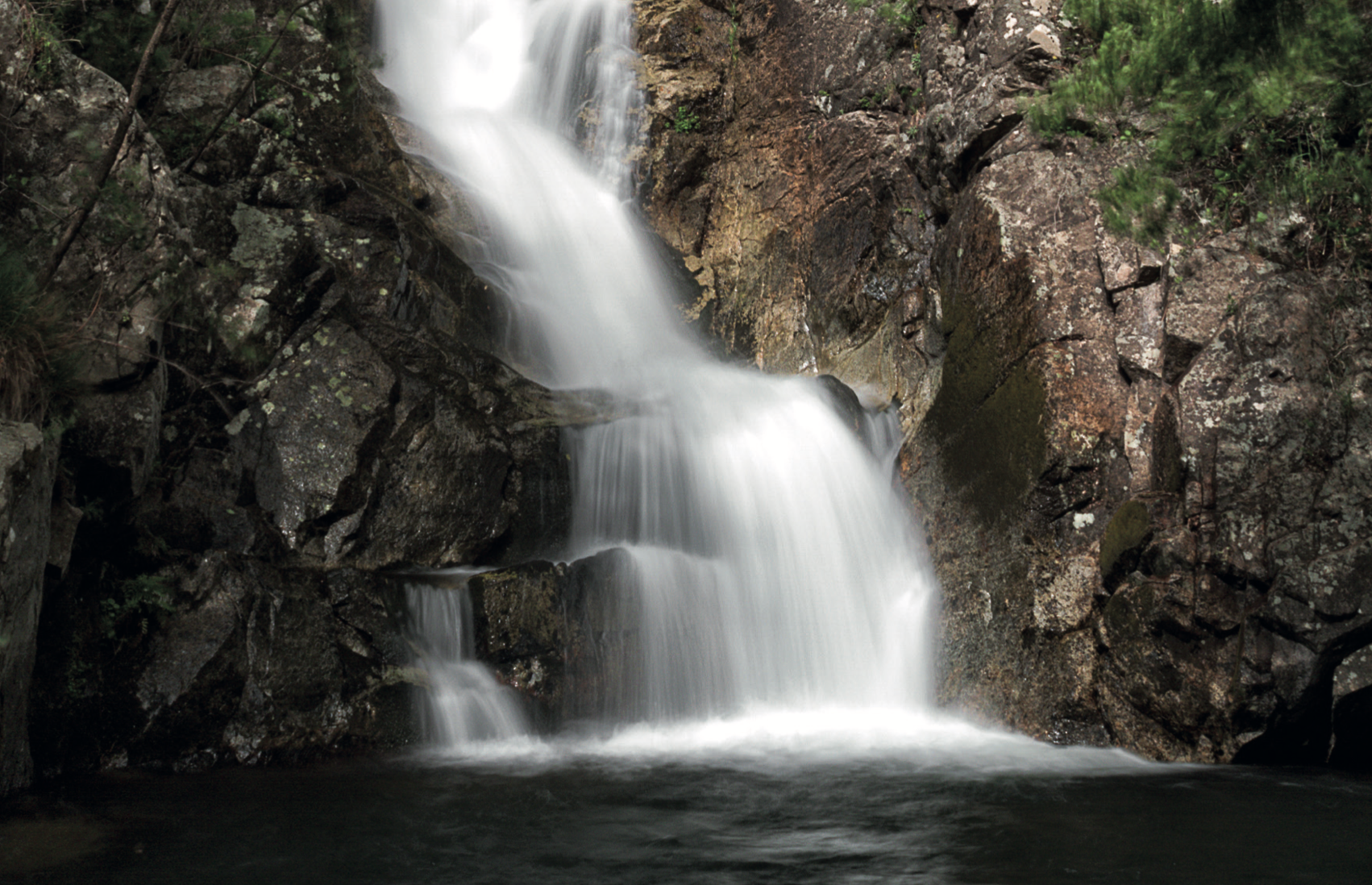
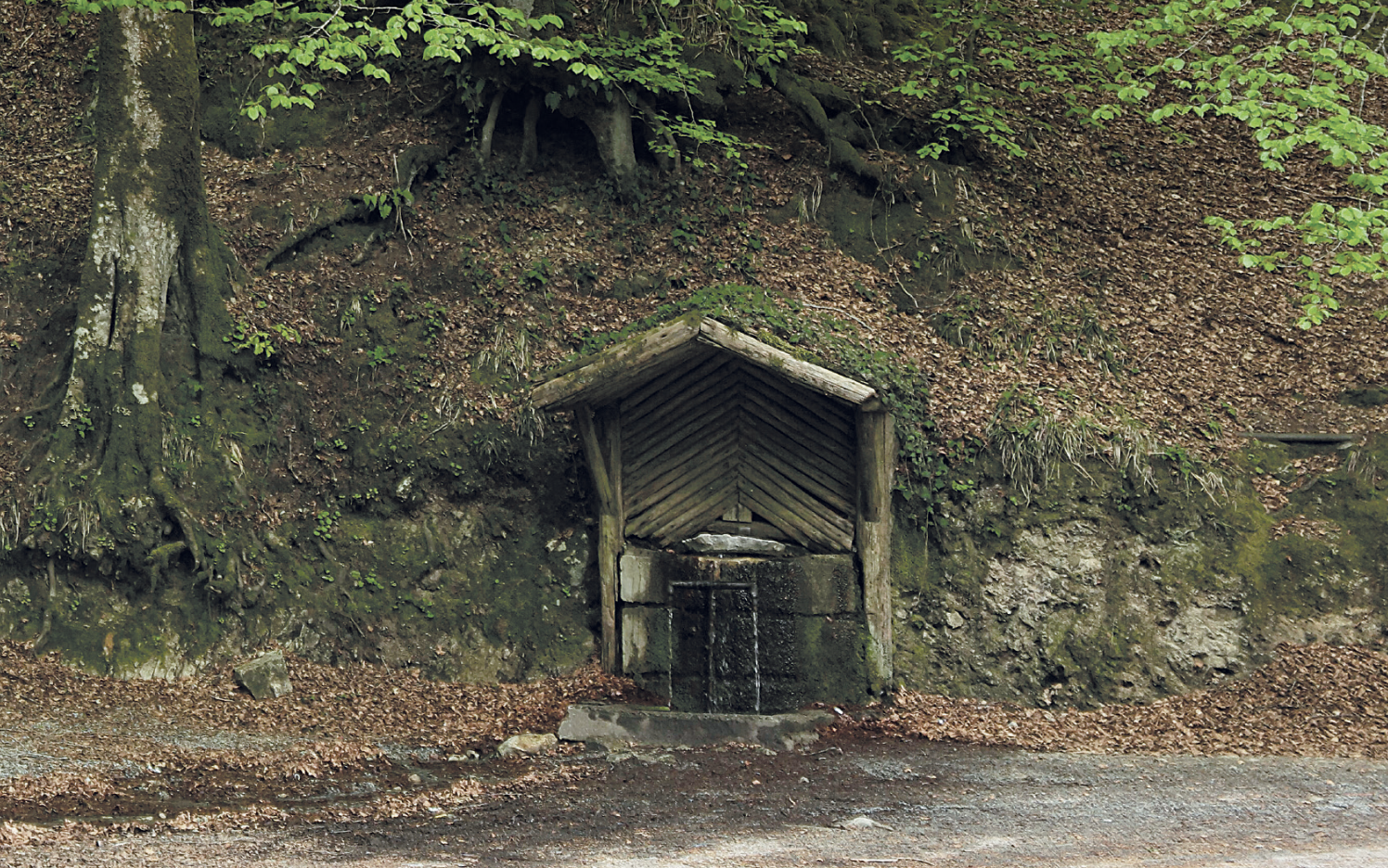
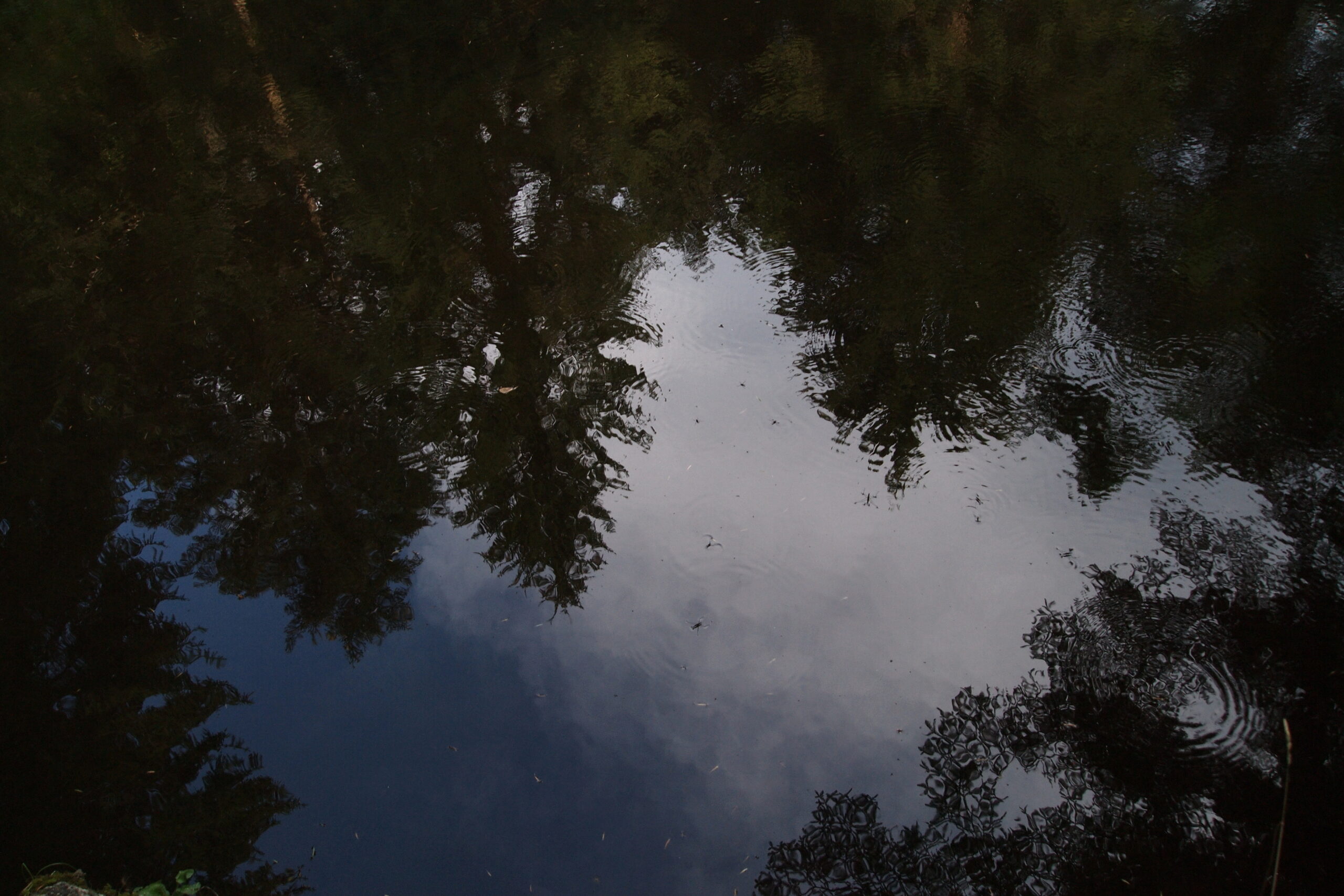
The Angitola Lake protection oasis
The Lake Angitola Fauna Protection Oasis, in the territory of Maierato and Monterosso Cal. (VV), was established with DPGR no. 577 of 12 May 1975 and after ten years obtained (the only one in Calabria) recognition as a Wetland of International Importance as a habitat for water birds, according to the Ramsar Convention. Already a Site of Community Importance of the ‘Natura 2000’ Network according to the ‘Habitat’ Directive 92/43/EEC, again according to the same Directive, it is now a Special Area of Conservation and part of the Serre Regional Park.
The oasis has an extension of 875 hectares, 196 of which are occupied by the artificial basin built in 1966 following the damming of the Angitola river.
Along the banks of the lake and in the flooded areas the white willow grows spontaneously, a typical moisture-loving species, capable of withstanding even partial submersion of its trunk, while the banks of the tributaries are covered by groves of black alder, to which black poplars are added.
On the hydrographical left of the lake, one can see a dense artificial reforestation with Aleppo pine, created after the creation of the reservoir. The crashing of conifers due to natural causes has over time created large areas that were immediately colonised by native species such as the downy oak, the willow tree, the dogwood, and the rocking hornbeam, or used for the planting of wild loquats and Japan loquats. Large tracts have been reforested in the past with exotic conifers of the Cupressus genus.
In the oasis territory, there are interesting patches of Mediterranean scrub in which the Cork Oak predominates, an offshoot of the vast cork oak forest that overlooks the road from the Angitola junction to the lake. Also present are holm oak, manna ash, myrtle, mastic tree, heather, strawberry tree, smilax, female cistus, thorny ivy and triflora cytisus, while in the more open areas subject to grazing, there is an abundance of saracus and broom with its typical yellow flowers.
The amphibious vegetation includes marsh reed, cattail, yellow iris, dog’s tongue, etc.
The ornithofauna includes over 130 different species, whose presence changes with the seasons. The symbol of the oasis is the Great Crested Grebe, an elegant, purely aquatic bird that made the first nests ever observed in Calabria here in 1982. Visible in all seasons, in spring you can admire its splendid nuptial parades, while from June you can observe the striped chicks carried on their backs by their parents. In addition to the grebe, with the aid of binoculars it is possible to observe the smaller grebe or the majestic flight of herons, from the more common grey heron to the rarer great white heron and the white egret. The presence of spoonbills and glossy ibis is not infrequent. Coots and moorhens nest in the reed beds and flooded willow groves. Winter is the season for the large and colourful group of ducks, from mallards (also nesting) to small teals, wigeons and pochards.
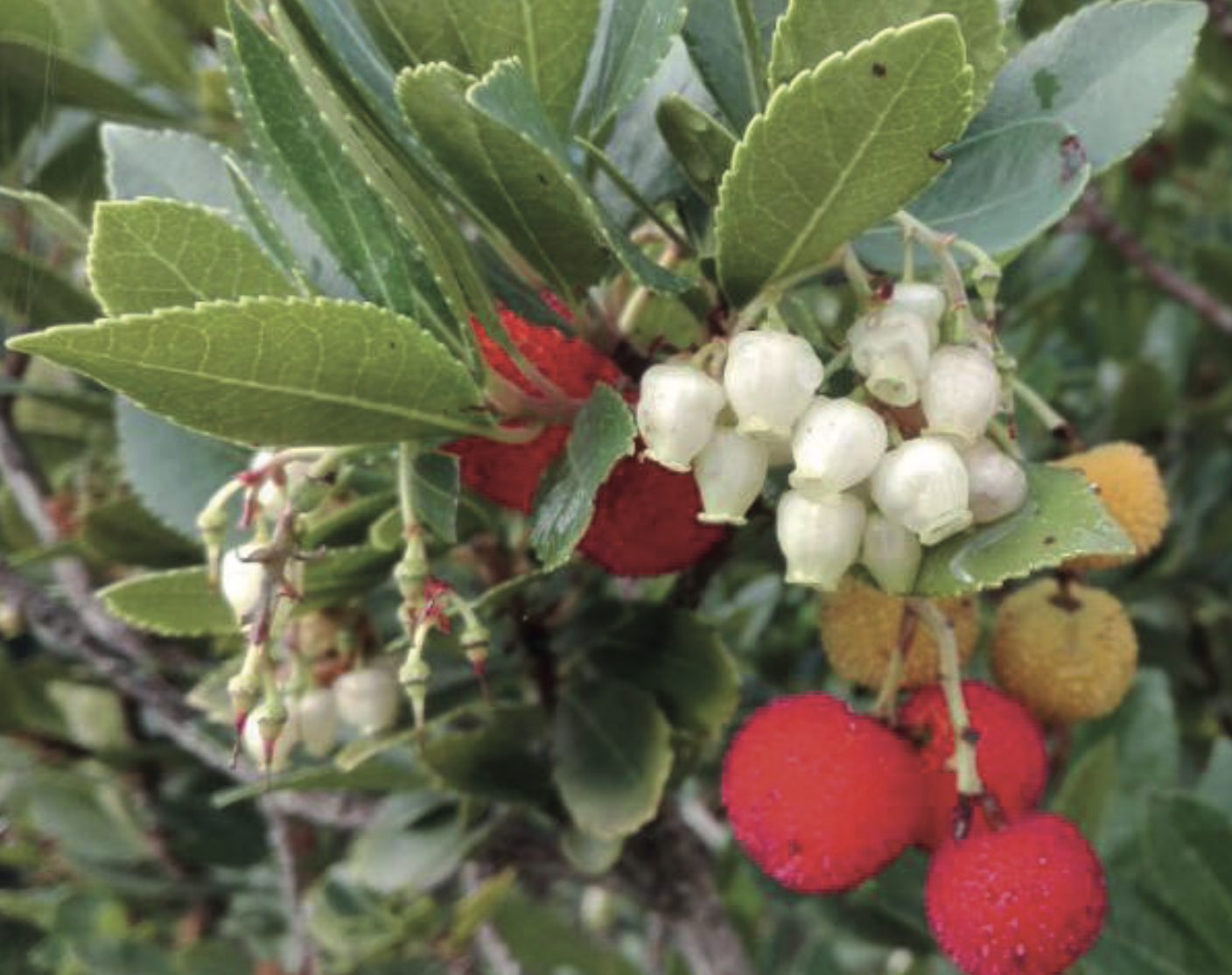
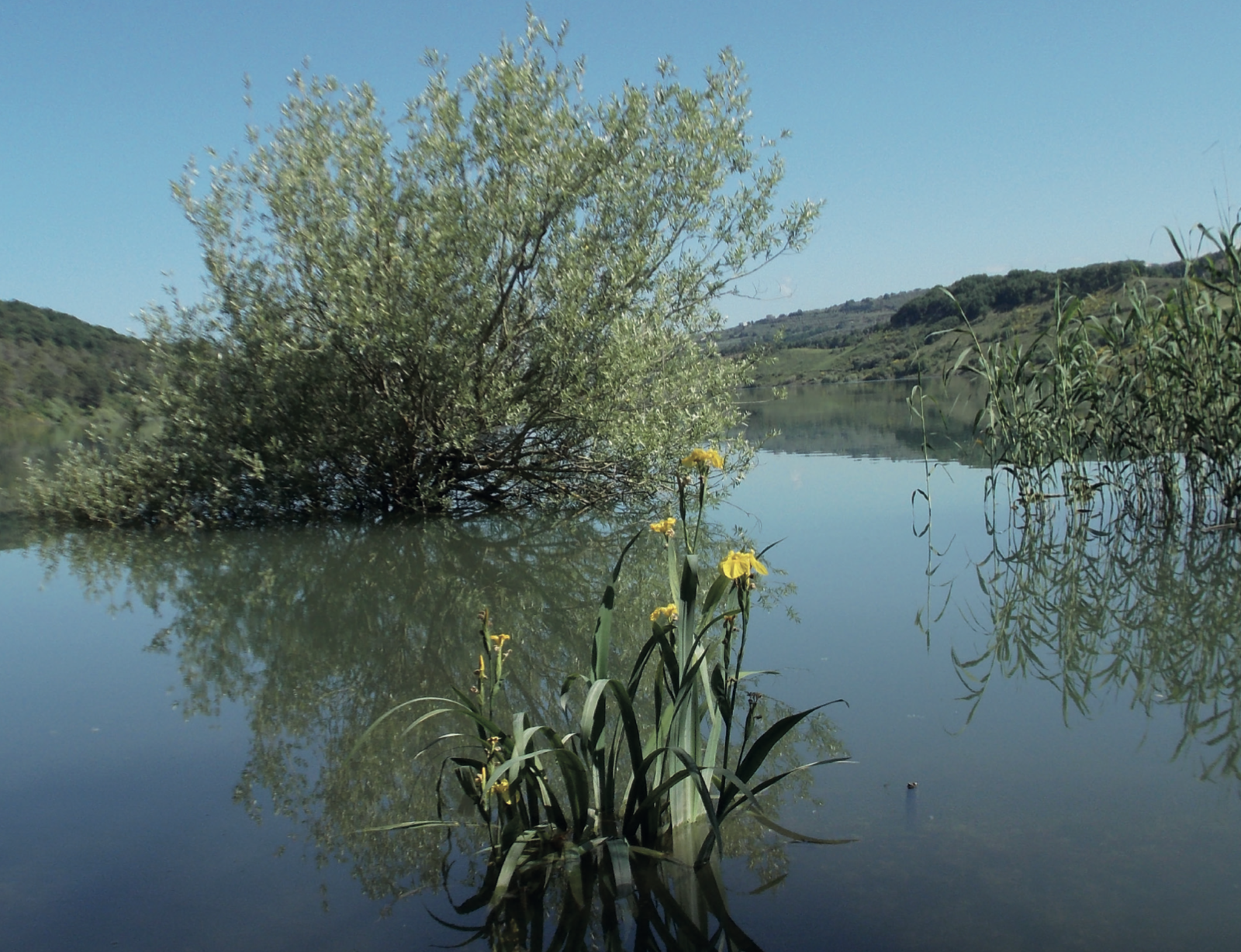
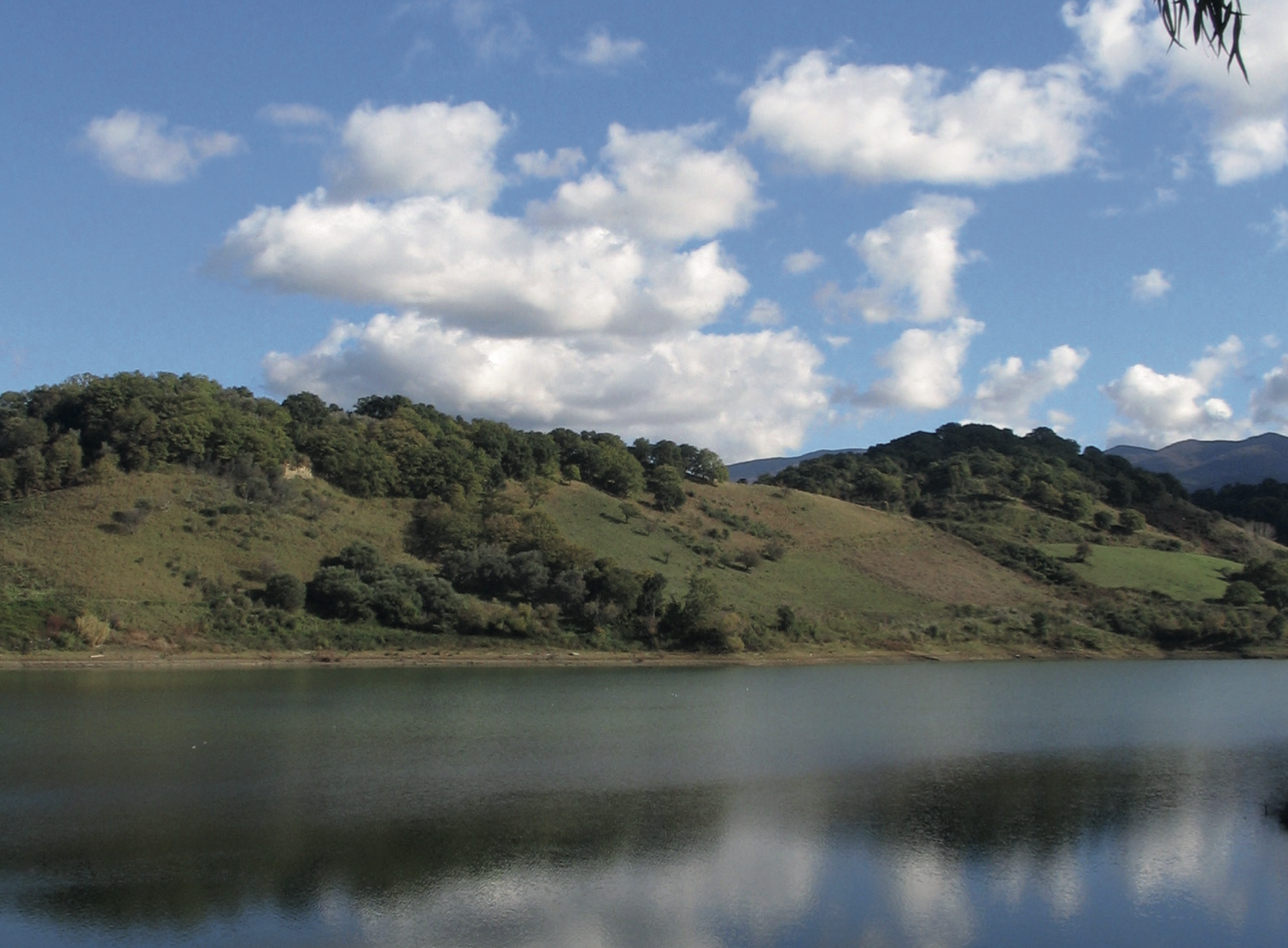
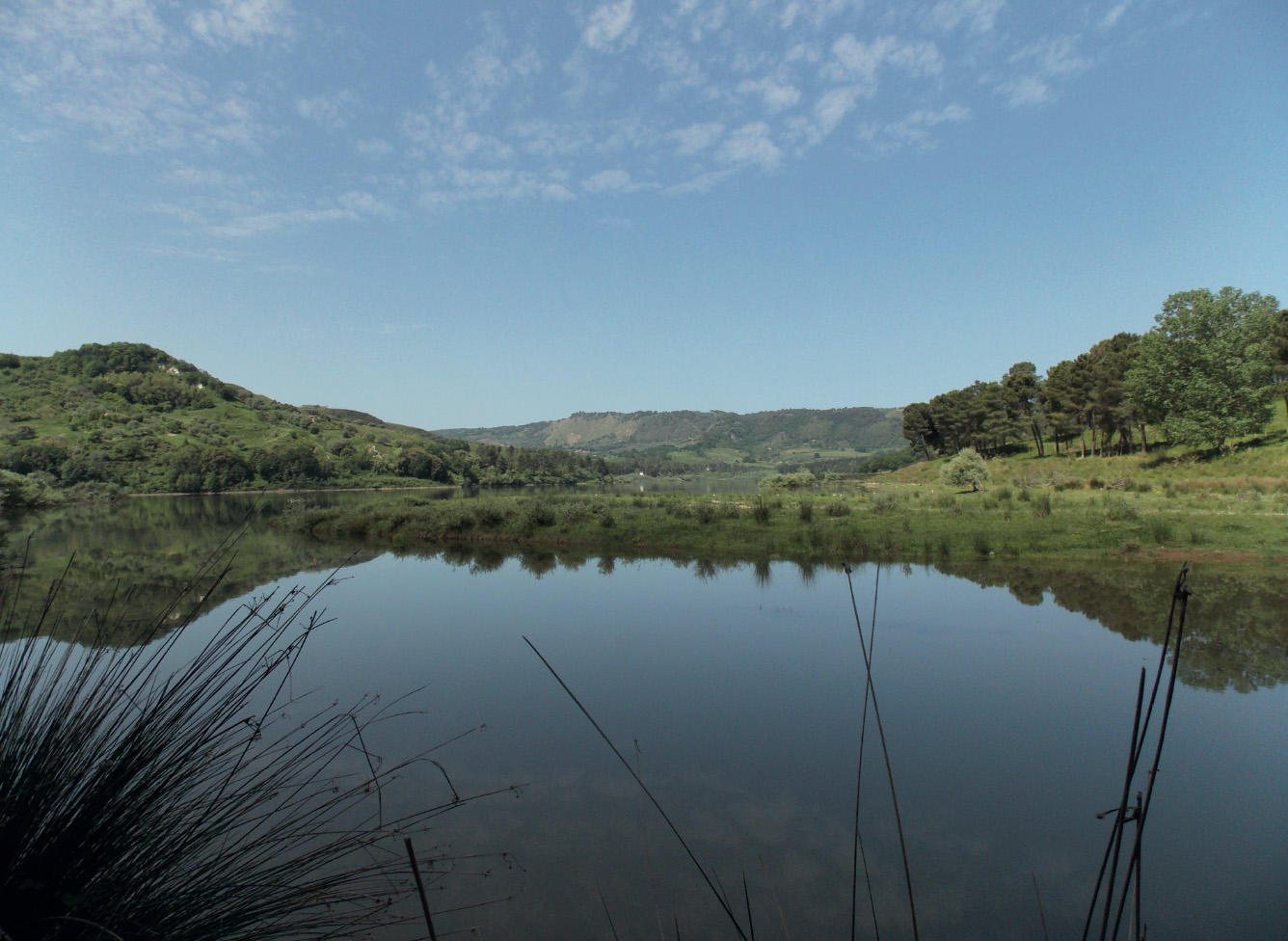
Lacina
The Lacina site is located on the border between the provinces of Vibo Valentia and Catanzaro. It is characterised by a mountain basin and in the past was home to an important mountain wetland with an extensive quagmire, surrounded by low hills. Unfortunately, a dam was built on the Alaco river in the late 1990s, creating an artificial reservoir used for the water needs of numerous municipalities in the two provinces, which submerged most of the Lacina depression. However, precisely because of its particular naturalistic importance, during the construction of the work, important works were carried out that, through the construction of counter-banks and containment and environmental upgrading embankments, made it possible to remove some valuable wetlands from the flooding. In addition, some rare and typical wetland species have been relocated to adjacent areas that are not threatened by the danger of flooding.
The geological substrate of the area is of an acid crystalline nature, consisting mainly of granites and granodiorites. On the edges of the flooded areas there are mesophilous pastures, with perennial species such as greater milfoil, weak currant, pubescent bamboo, pennyroyal, marsh thistle, lesser dantonia, Calabrian broom and other species.
There is also a very distinctive vegetation consisting of amphibious communities with small, perennial species. The woody vegetation around the wetlands consists of black alder woods, which are frequently accompanied by other species such as elder, blackberry creeper, tailed arisaro, ivy and various species of rushes and sedges. The forest formations found on the edge of the area include mixed forests of beech and Apennine silver fir and Mediterranean-mountain forests characterised by the dominance of Calabrian larch.
There are also very rare species of flowers.
As far as fauna is concerned, this site, precisely because of its characteristics, is an elective place for amphibians. In fact, the waters of the lake and the marshes are inhabited by the Italian tree frog and the two red frogs present in Calabria, the agile frog and the Apennine frog; the wetlands of this site are also inhabited by the now rare and endangered Apennine howler. Among the lepidoptera is the Amata ragazzii, a small lepidoptera endemic to the central-southern Apennines, easily recognisable by its conspicuous black colouring with white spots, with which it warns possible predators of its toxicity. Recent monitoring has revealed the presence of the lucanid beetle, also known as the southern flying deer, vicariant in southern Italy of the flying deer proper. Studies have also revealed the presence of a rich soil coleoptera, with entities of great biogeographical and conservation importance.
